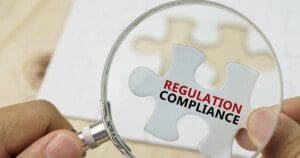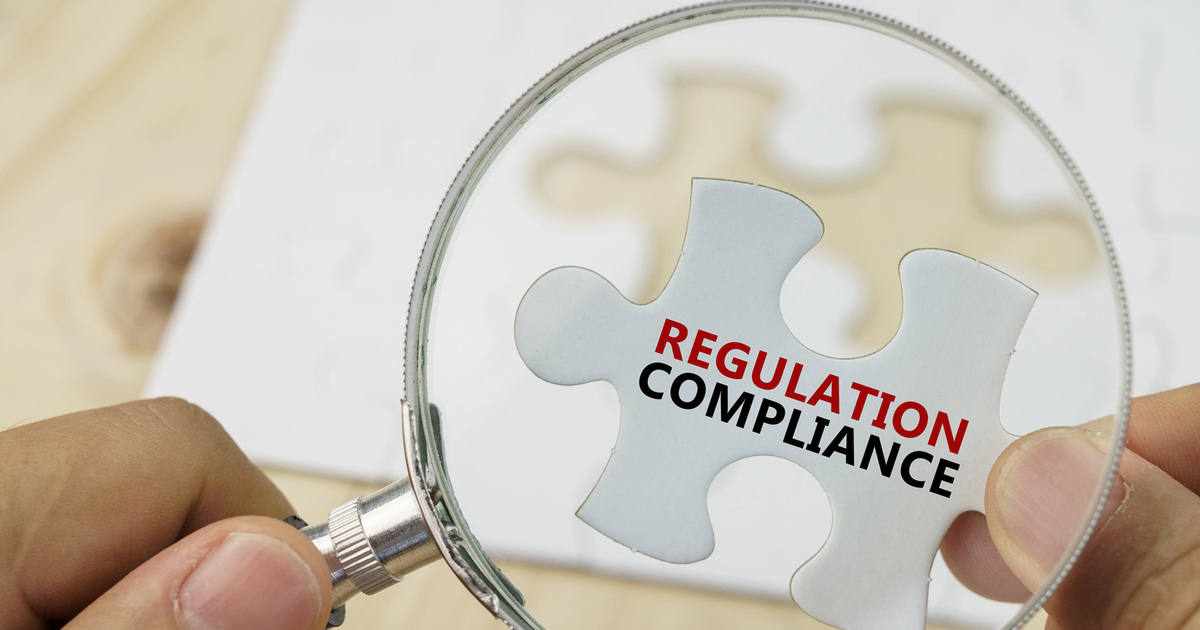Understanding the EU’s Cosmetics Product Regulation: A Friendly Guide
Hello beauty enthusiasts!
If you’ve ever wondered about the safety and standards of the cosmetics you use, you’re in the right place. Today, we’re diving into the EU’s Cosmetics Product Regulation. It might sound like a mouthful, but don’t worry – we’re breaking it down in a simple and friendly manner.
What is the EU’s Cosmetics Product Regulation?
In a nutshell, the EU’s Cosmetics Product Regulation (CPR) is a set of rules that ensures all cosmetic products sold in the European Union are safe for human health. Adopted in 2009 and fully effective from 2013, this regulation is a unified standard that applies to all EU member states.
Why is it Important?
Safety first! The primary goal of the CPR is to protect consumers. It ensures that cosmetic products on the market are free from harmful substances and have undergone rigorous testing. So, when you pick up a product in the EU, you can be confident that it meets high safety standards.
Key Features of the Regulation:
- Safety Assessment: Before any cosmetic product hits the shelves, it must undergo a detailed safety assessment. This assessment is carried out by qualified professionals who evaluate the product’s ingredients, intended use, and other factors.
- Product Information File (PIF): Every cosmetic product must have a PIF, which contains details about the product, its safety assessment, and data on any tests performed. This file must be kept for ten years and be readily accessible to authorities if needed.
- Responsible Person: Each cosmetic product must have a designated “Responsible Person” (RP). This individual or company is accountable for ensuring the product complies with CPR standards, from ingredient selection to labeling.
- Notification: Before a product is placed on the market, the RP must notify the European Commission through the Cosmetic Product Notification Portal (CPNP). This step ensures that authorities have all the necessary information about the product.
- Labeling: The regulation has specific requirements for product labeling. Labels must include details like the product’s function, warnings, ingredient list, and expiration date.
- Ban on Animal Testing: One of the standout features of the CPR is its stance on animal testing. The regulation prohibits testing finished cosmetic products and their ingredients on animals.
What Does This Mean for You?
As consumers, the CPR offers peace of mind. When you purchase a cosmetic product in the EU, you know it adheres to strict safety standards. For businesses, it means ensuring that products meet these regulations before entering the EU market.
The EU’s Cosmetics Product Regulation is a robust framework that prioritizes consumer safety. It sets a high standard for cosmetic products, ensuring they are safe, well-tested, and transparently labeled. So, the next time you’re shopping for cosmetics in the EU, you can do so with confidence, knowing there’s a whole regulation working to ensure your safety.
Stay beautiful and informed!


